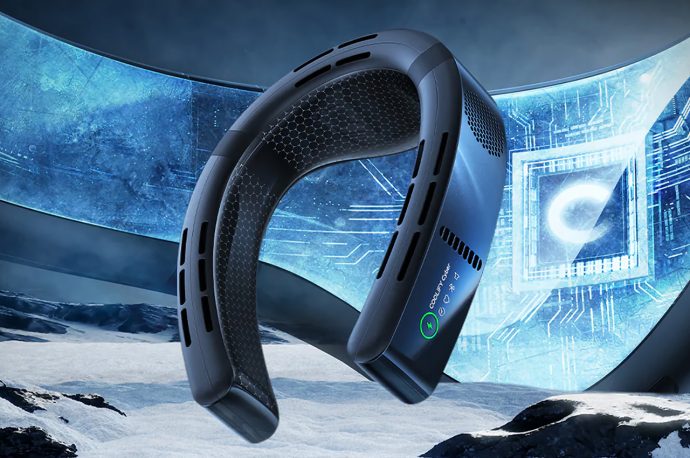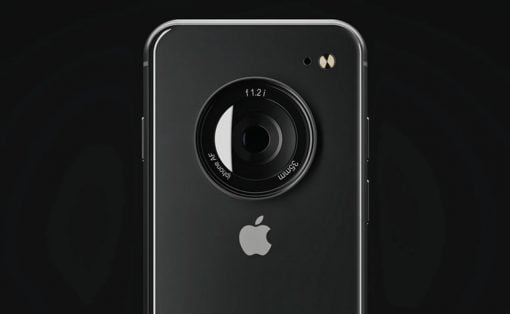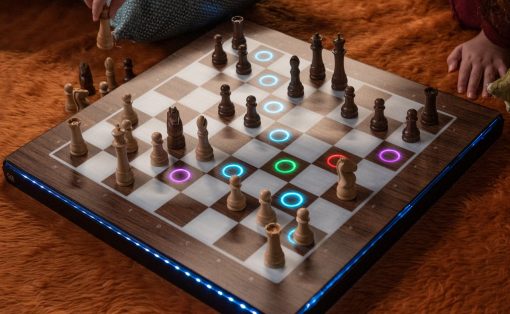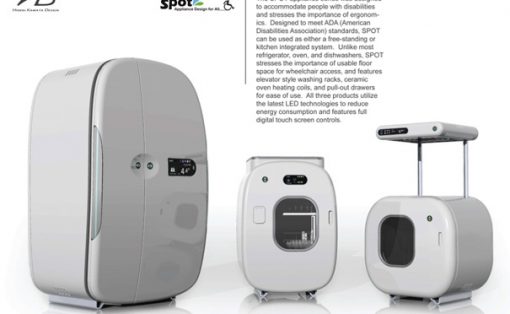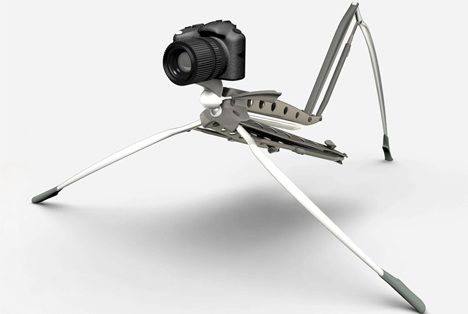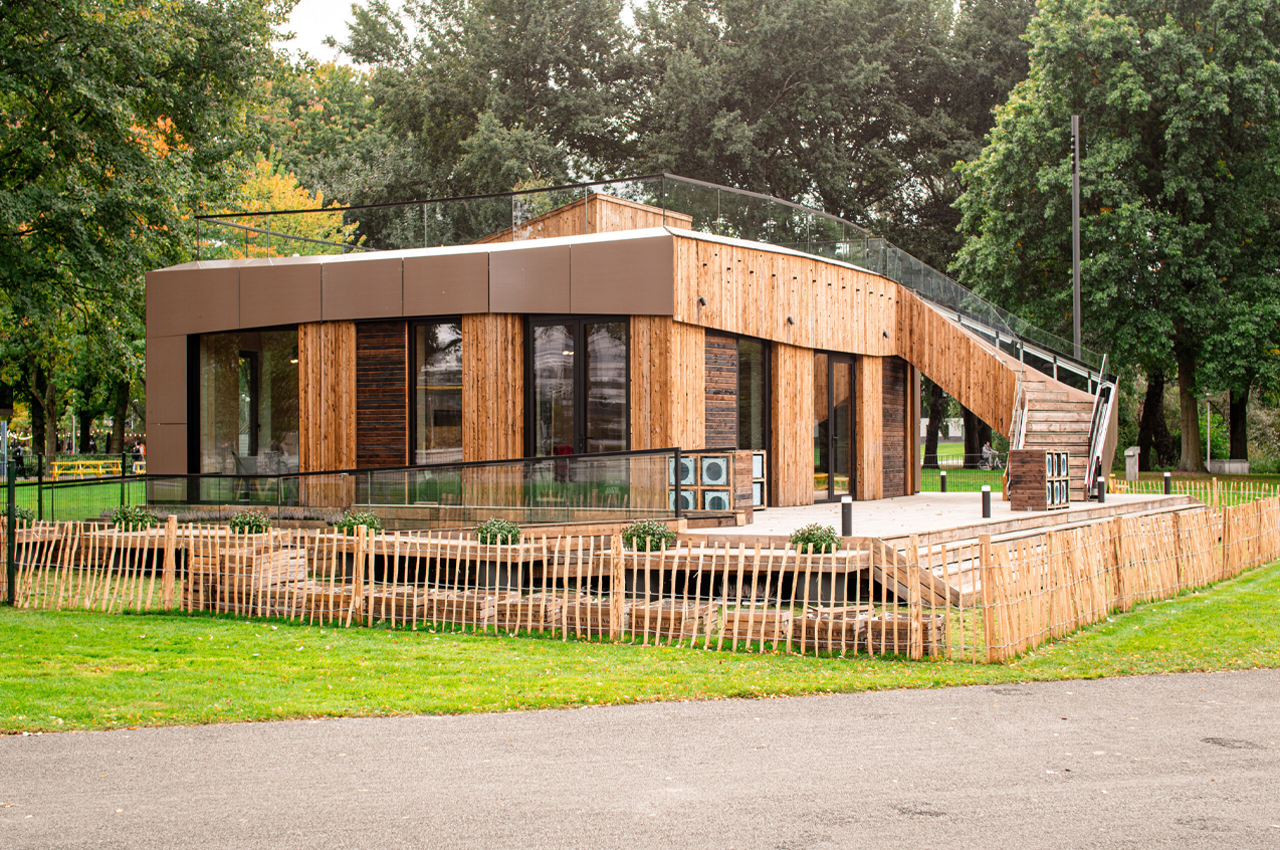
Ripple is a smart urban structure with integrated technology and self-sufficiency systems to offer a solution for the cities of tomorrow.
Taking place in Wuppertal, Germany, 2021’s Solar Decathalon Europe (SDE21) focuses on urbanization and the development of urban areas through technical and sustainable innovation. Contestant designs spanned ten categories, from social awareness to architecture. One student team from the Technical University of Eindhoven in the Netherlands, VIRTUe designed a self-sufficient housing model called Ripple.
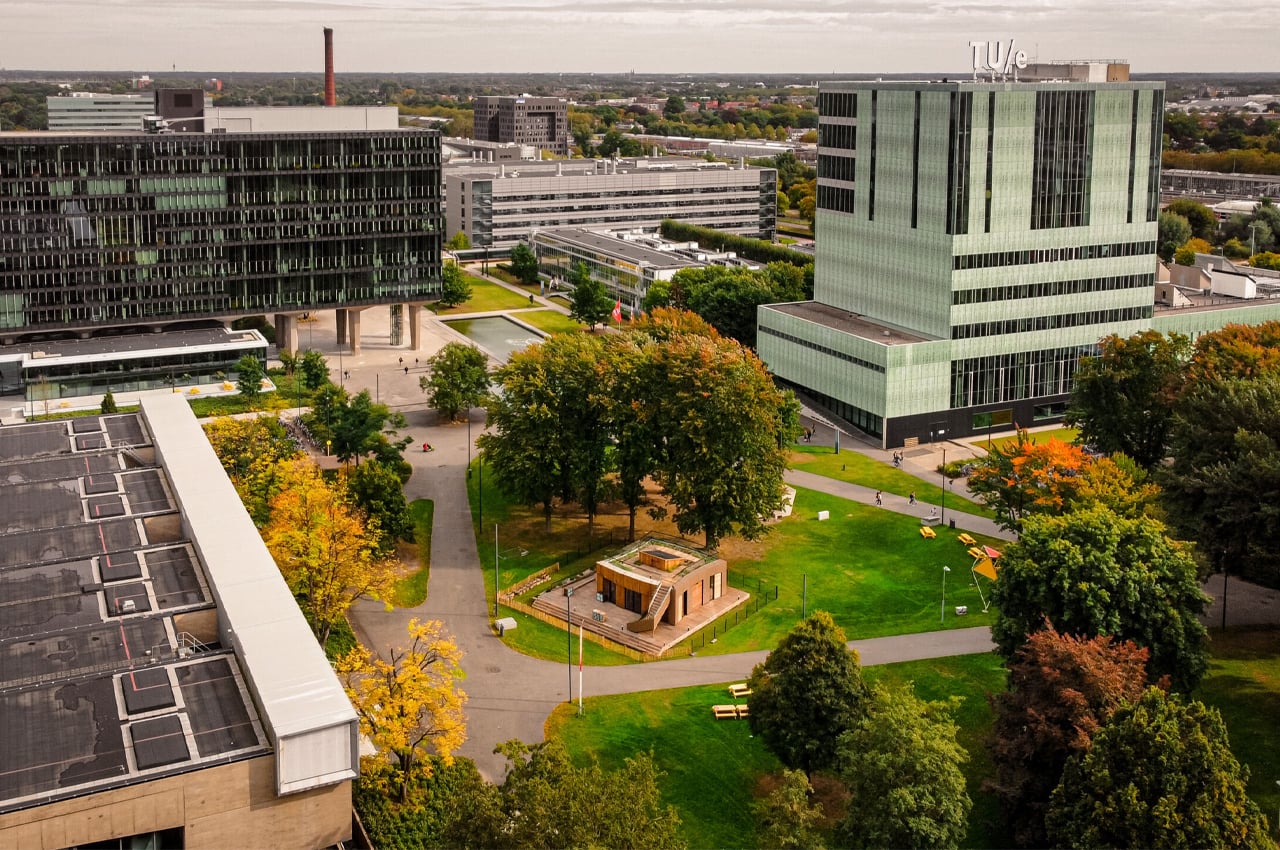
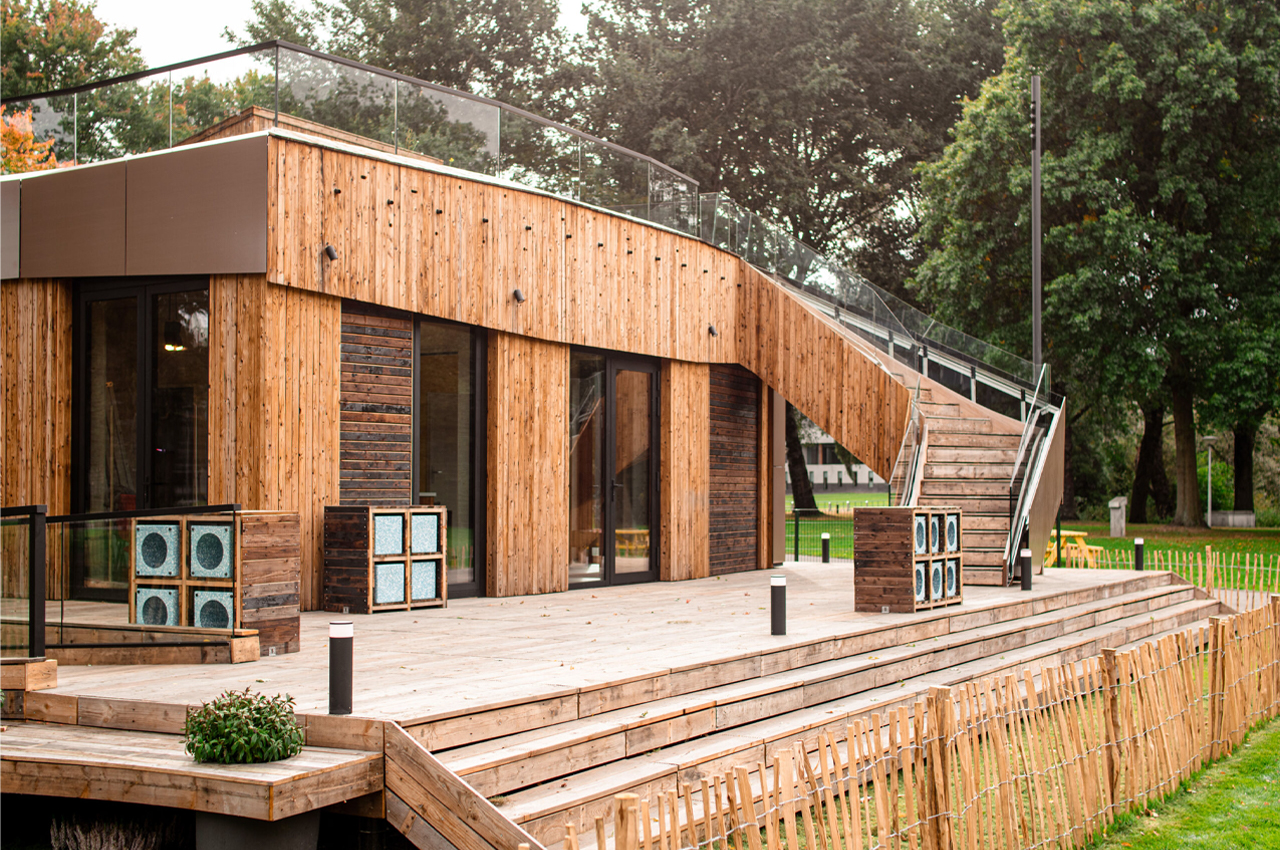
Competing against 17 different teams, VIRTUe developed Ripple as one possible “[solution] for the cities of tomorrow,” 2021’s theme for SDE. The solutions produced for this year’s SDE range everywhere from renovations for pre-existing buildings in Wuppertal, standalone structures built to fill the gaps of urban fabrics, and building extensions that service to sustainably increase urban density.
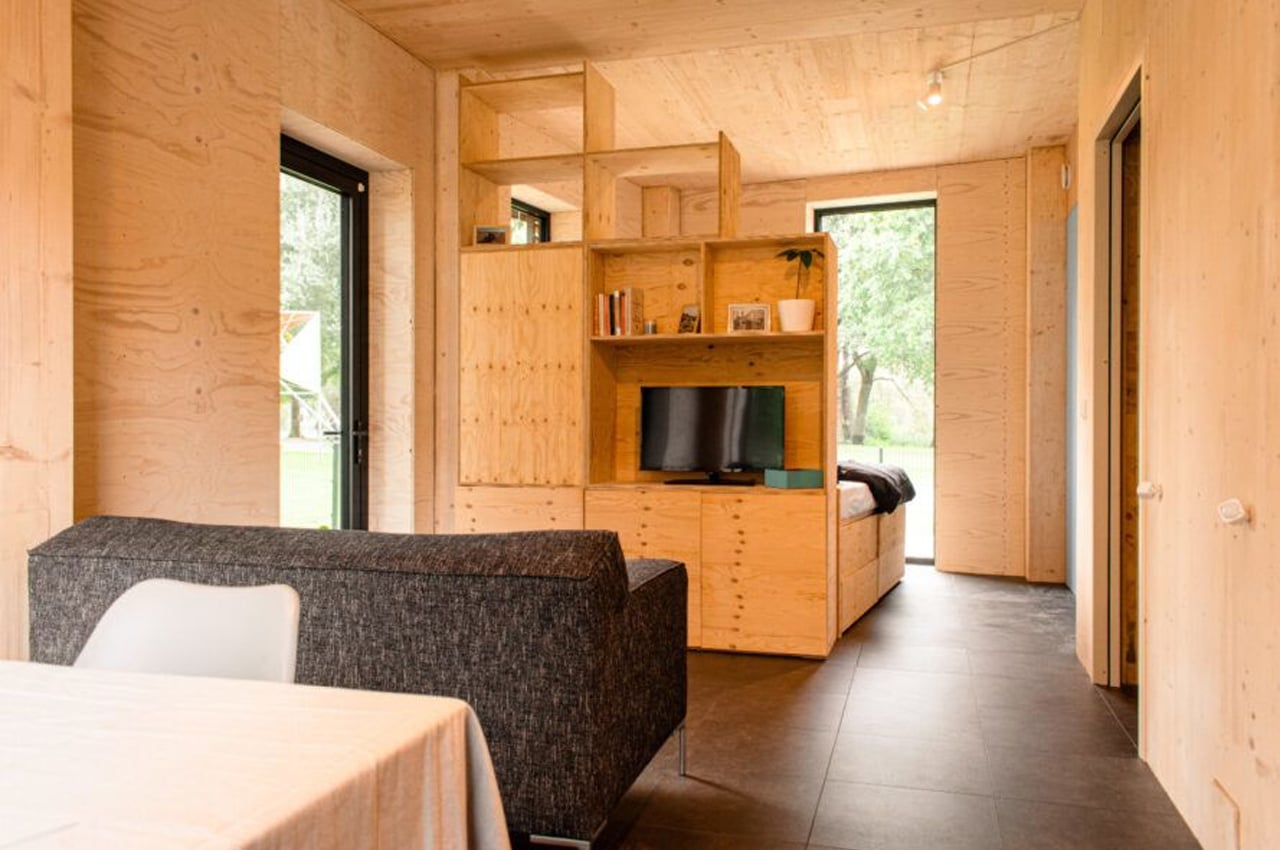
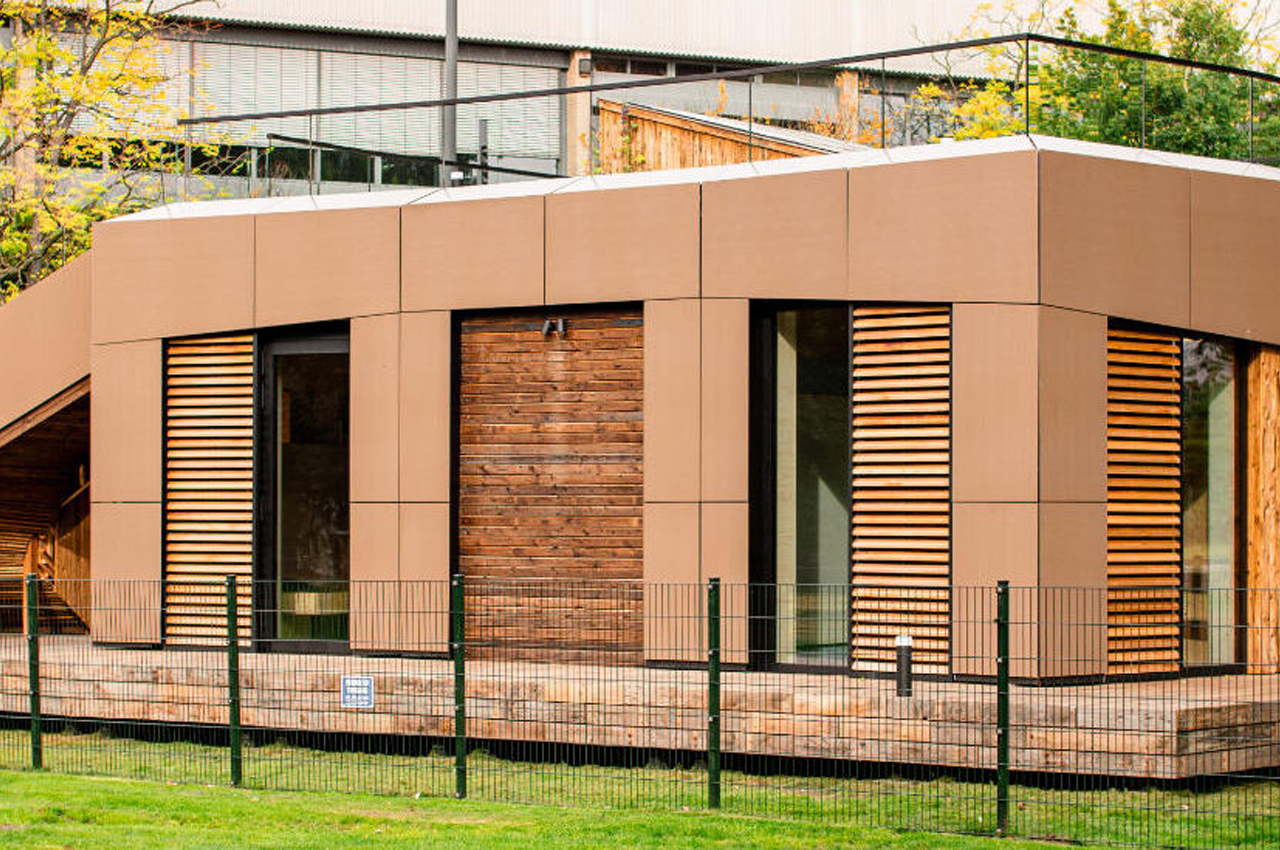
Falling into the final category, Ripple is a self-sufficient apartment structure made from repurposed wood and outfitted with a solar roof that supplies power for the structure’s integrated smart technology. Modular by design, the solar roof can change orientations depending on the best angle to capture the most amount of sunlight. Designed with integrated walking space along the perimeter of the roof, the photovoltaic panels capture sunlight to create a microclimate that sustains a small collection of the region’s biodiversity.
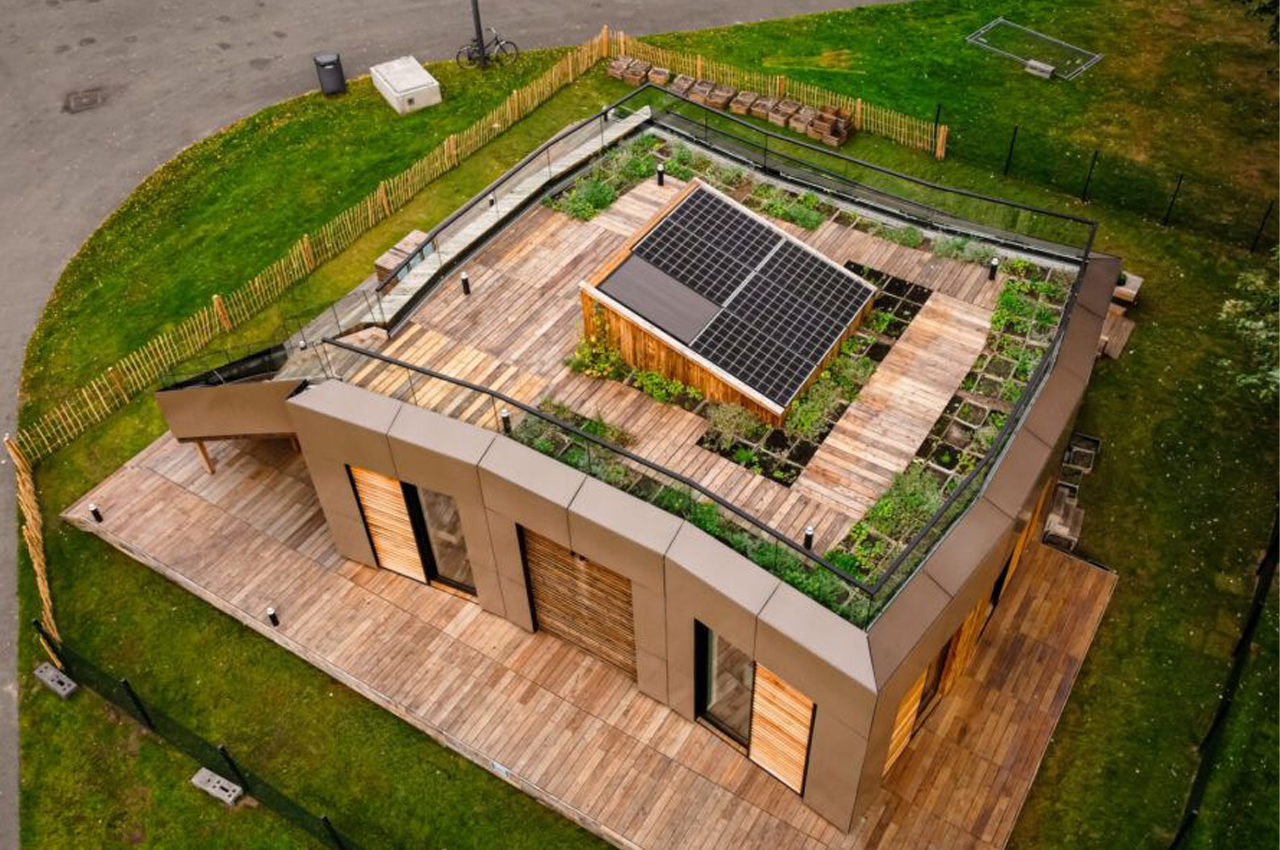
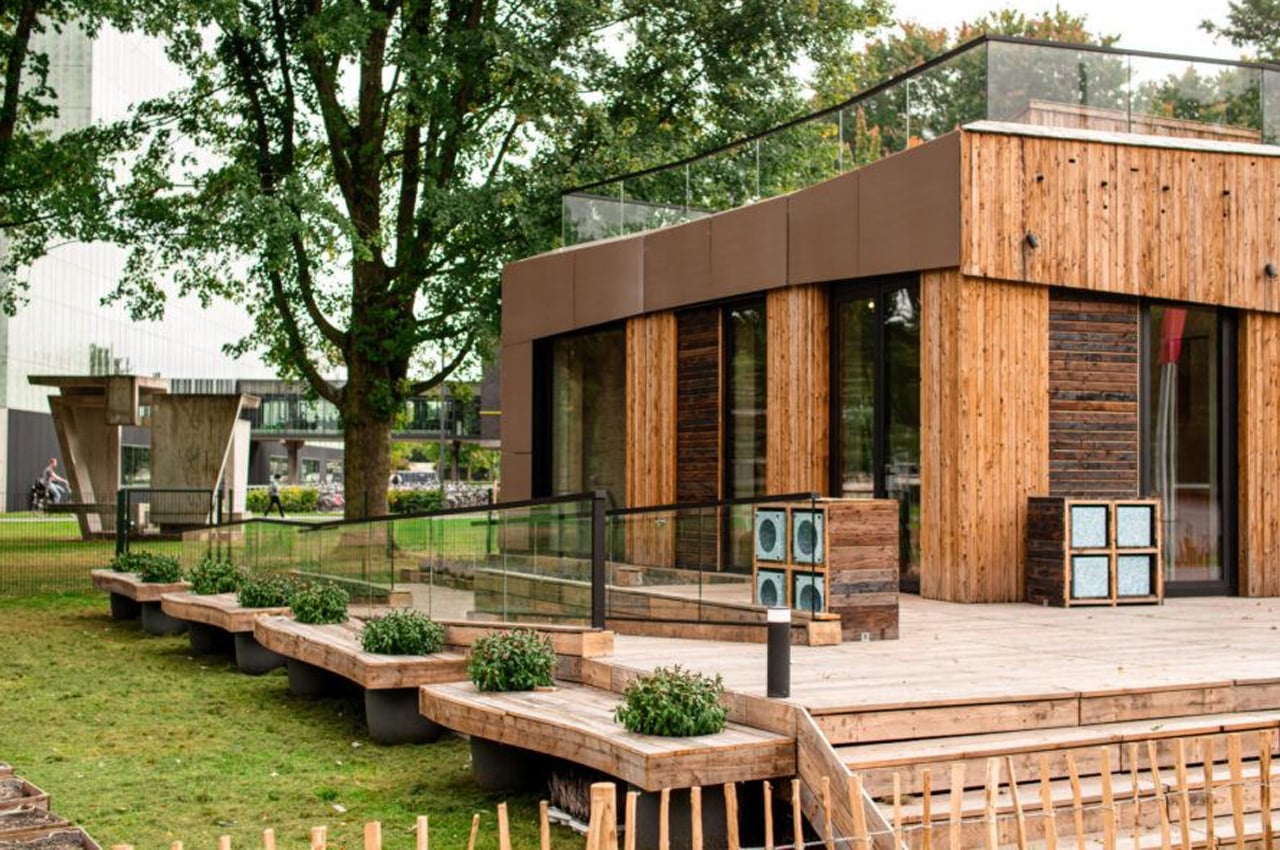
Connecting two apartments together, a communal space functions as the structure’s stationary technical core. There, residents will find the living room and kitchen along with a digital interface that controls all of the structure’s integrated smart technology. While the technical stationary core works as the structure’s main hub, residents can configure the different room modules to fit their needs. In addition to its modular structure, Ripple saves space through furniture with built-in hidden storage compartments that free up the home’s available living space.
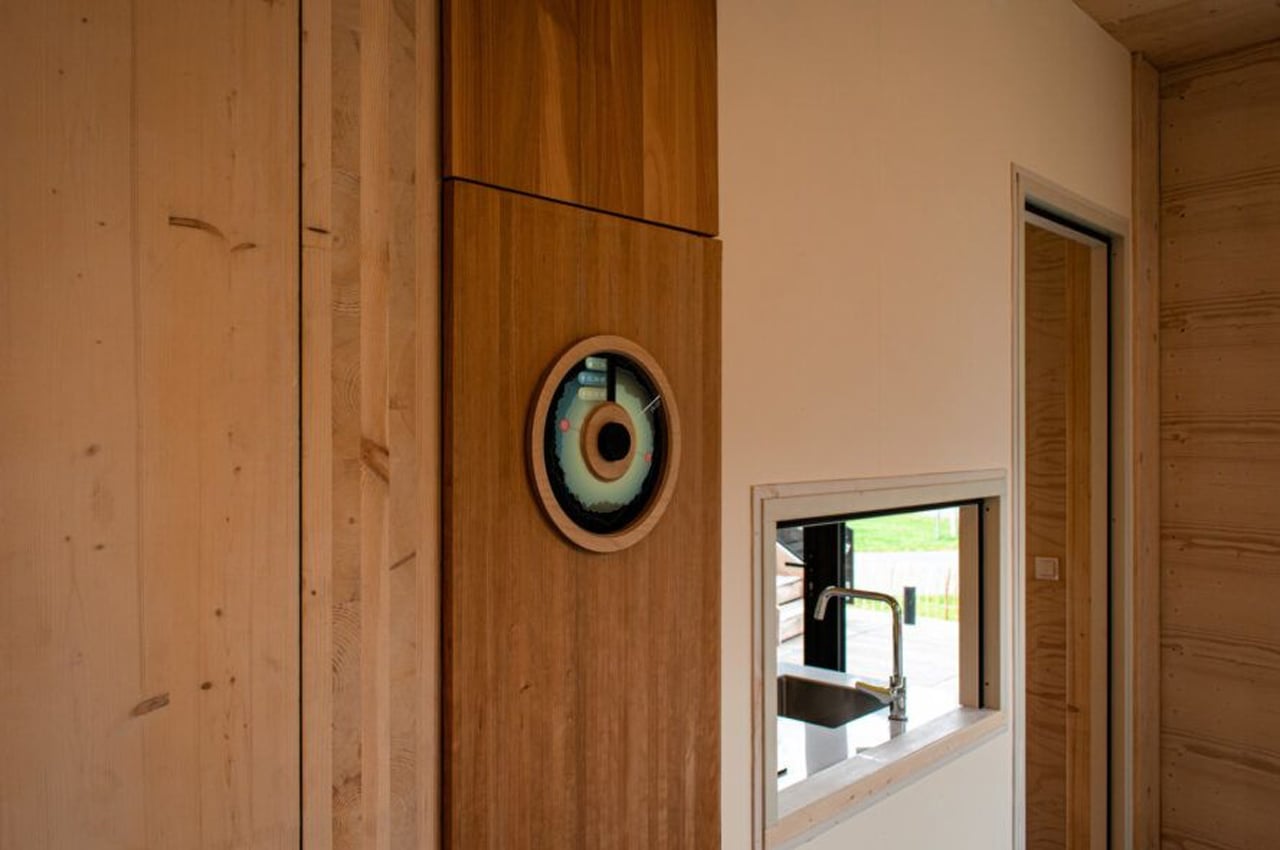
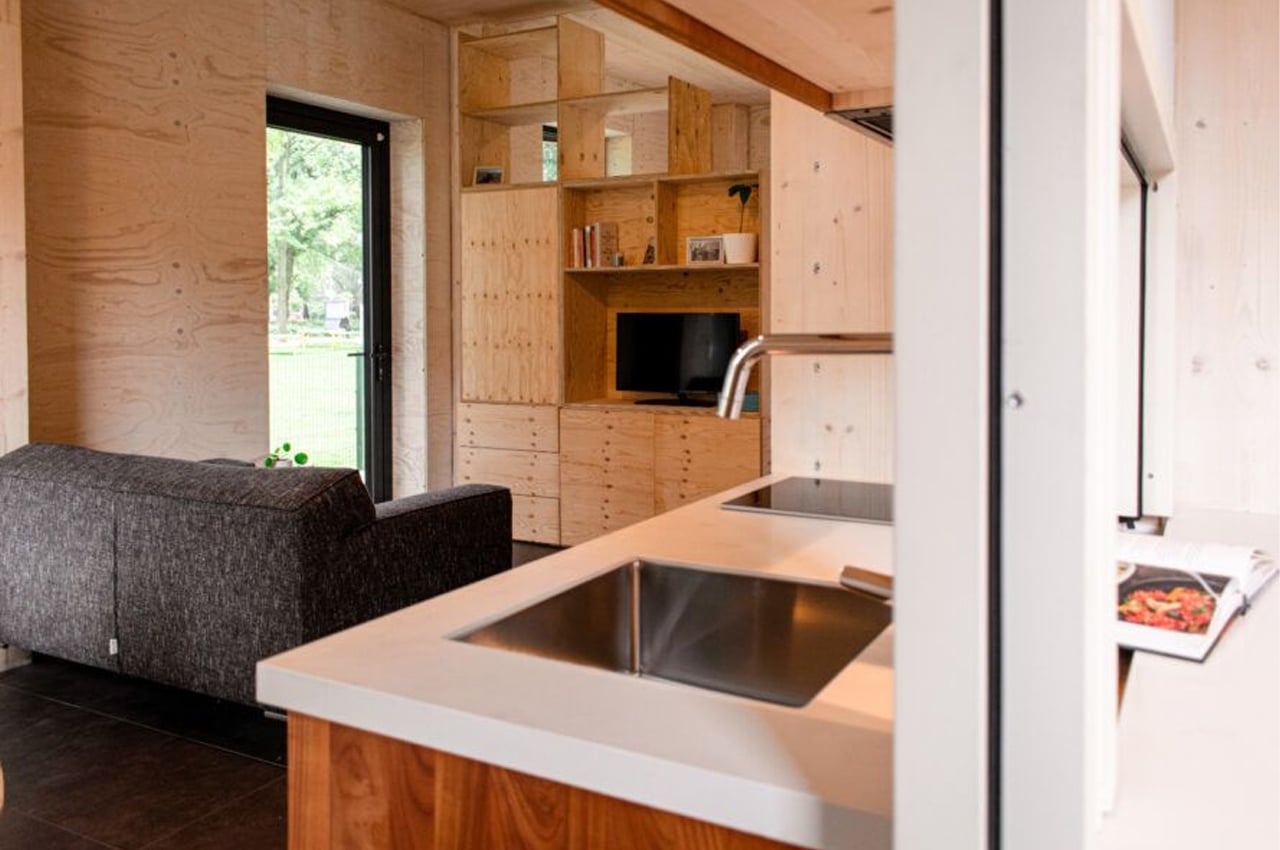
Elsewhere, the home’s self-sufficiency systems provide solar power for a hot water system, heat pump, ventilation mechanics, and the main smart home system EQUI. Ensuring the energy is aptly used and spread out throughout the day, EQUI uses weather forecast statistics to approximate how much energy needs to be stored for the system to operate soundly. Finally, an accompanying app Recapp connects similar smart homes with urban facilities via digital maps.
Designer: VIRTUe


